BYD Atto 3 review: A solid option for a small electric SUV
New to the UK market, BYD is a Chinese EV brand with Tesla in its sights. The Atto 3 is a small SUV with lots of kit included as standard and a decent range at an affordable price
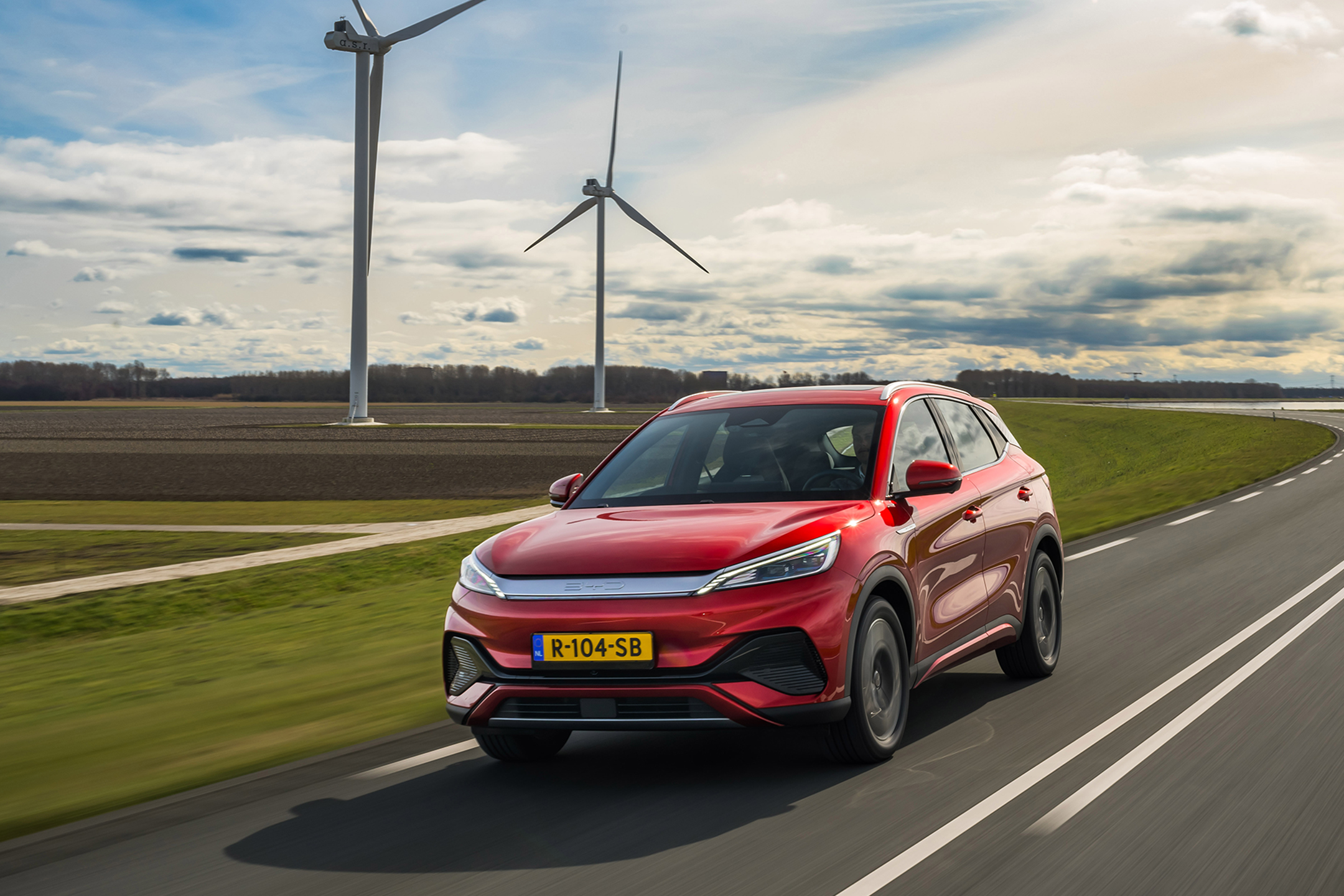
You might not have heard of BYD, but the Chinese automotive giant is in fact one of the world’s biggest electric car companies, producing three million EV a year and tying with Tesla in terms of global sales.
The BYD Atto 3 is a sub-£40,000 EV that could be described as a small to midsize SUV. With a range of up to 260 miles and interest-free lease deals available from £399 a month, it’s a rival to the Kia Niro EV, Smart #1 and MG ZS EV. As long as you have charging at home for cheap electricity and don’t require anything larger, the Atto 3 could be an option at the more affordable end of the EV market.
It might feel like a gamble to buy a car from a brand you haven’t heard of, but the global car industry is undergoing its biggest transformation in a century, and as traditional brands struggle with the switch to EV, Chinese startups are ready to pounce.
How we tested
I spent a day driving the BYD Atto 3 around Hampshire, covering country roads, A-roads and dual-carriageways. As well as driving, I spent time getting to grips with the infotainment system, connected my phone and kept an eye on the Atto 3’s estimated range and efficiency.
BYD Atto 3: From £37,695, BYD.com
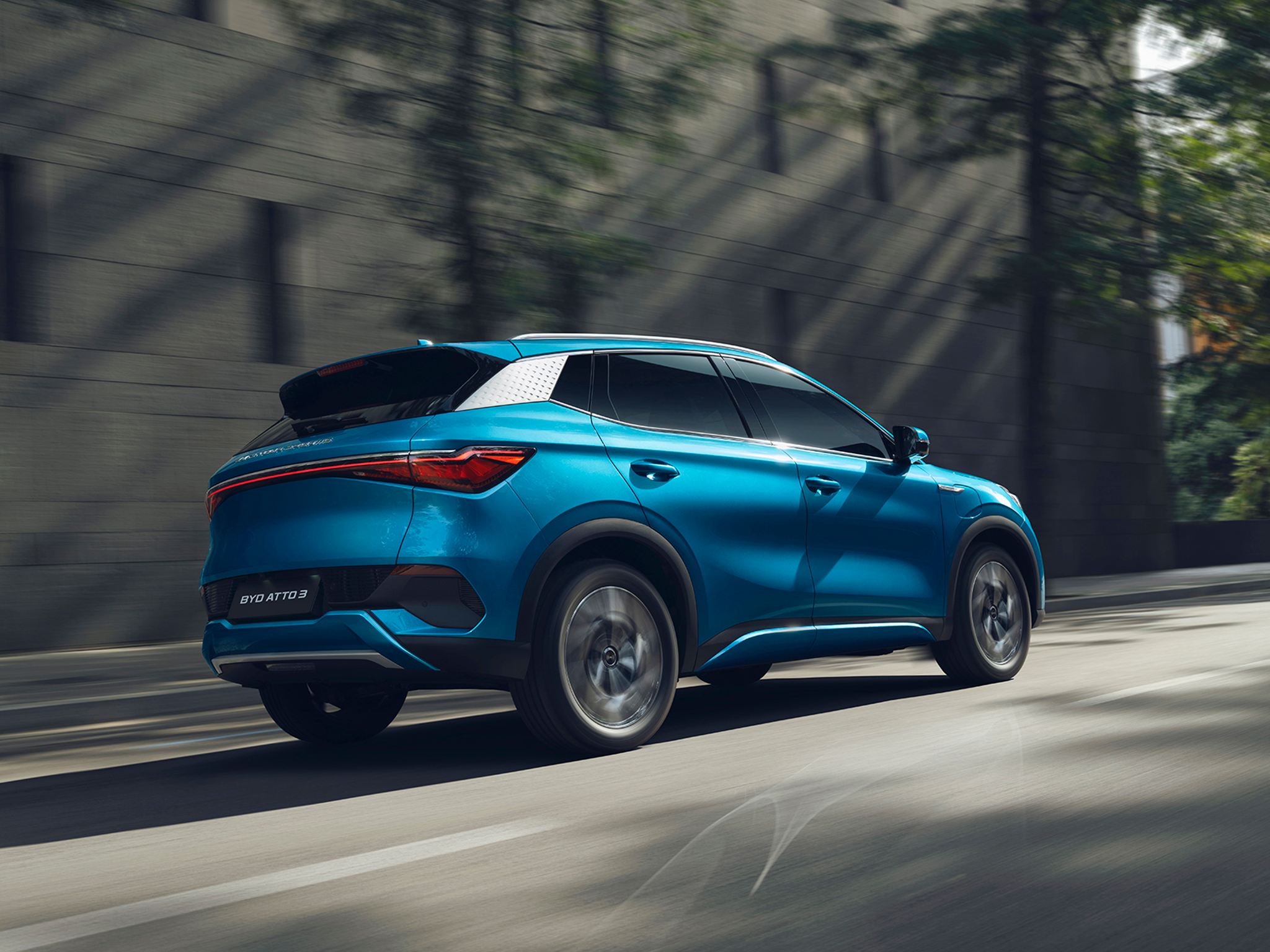
Independent rating: 6 /10
- Pros: Lots of kit as standard, fun interior design, good value
- Cons: Slow charging, unintuitive infotainment, forgettable exterior design
- Price range: £37,695 to £39,695
- Battery size: 60.5 kWh
- Range: 260 miles (WLTP)
- Miles per kWh: 3.88
- Maximum charge rate: 88kW
Battery, range, charging and performance
Although new to the UK, Chinese EV maker BYD competes closely with Tesla for the title of world’s largest EV producer, having sold over three million in 2023. It also makes London’s electric buses and is ready to pose a serious threat to the likes of Kia, Hyundai and MG.
Powered by a 60.5 kWh battery and a single electric motor, the Atto 3 goes up against the similarly sized Kia Niro EV, Hyundai Kona Electric and Smart #1, as well as the smaller but plusher Volvo EX30.
There’s just one model of Atto 3 to pick from. It accelerates to 62 mph in 7.3 seconds – sluggish compared to a Tesla Model 3, but still perfectly acceptable – and has a claimed range of 260 miles. Maximum charge rate is just 88 kW, which is well short of the Tesla Model 3 Long Range (250 kW) and Volvo EX30 (150kW), but slightly ahead of the Kia Niro EV. BYD says a 10-80 percent charge takes 40 minutes on a public DC charger, or a full charge at home takes about nine hours.
Interior, practicality and boot space
BYD says the interior of the Atto 3 was inspired by gym equipment. No, really. The arm rest looks like a treadmill, the air vents are supposed to resemble free weights and the door pulls are a bit like barbells. It’s usual, but just about stays on the right side of fun. There’s some nice contouring and textures to the dashboard, visibility is fine, the seats are reasonably comfortable and, mercifully, BYD has opted for sensible, tactile buttons on the steering wheel instead of capacitive touch pads. There are proper indicator and wiper stalks too, unlike in the Tesla Model 3.
The Atto 3 has seating for five, but the middle rear seat is a squeeze, and while the 440-litre boot is good, there’s no frunk under the bonnet for storing your charge cables. All three trim levels are treated to a glass panoramic roof and heated, electrically-adjusted front seats.
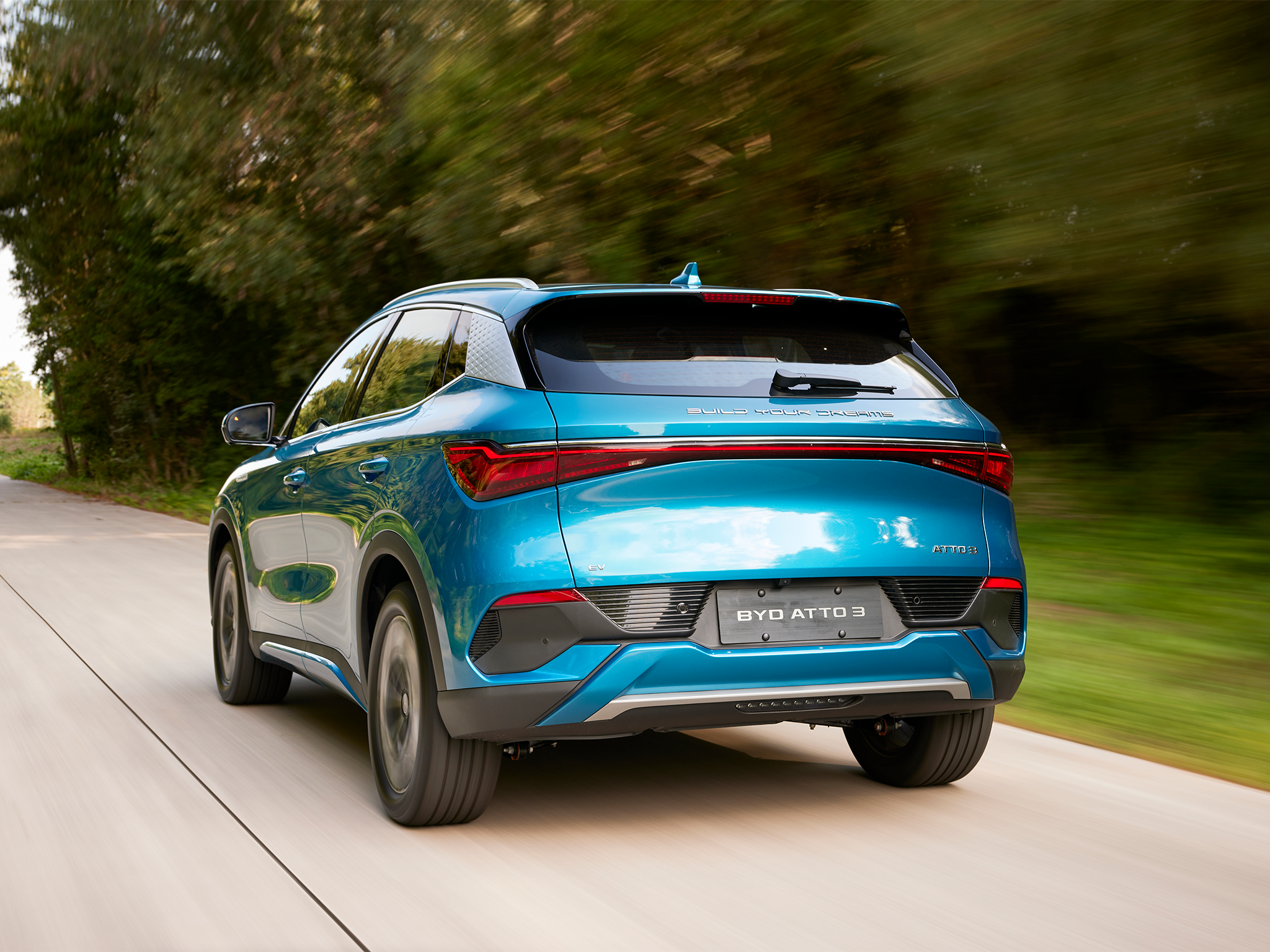
Technology, stereo and infotainment
The Atto 3’s dashboard is dominated by a 15.6-inch touchscreen that rotates from landscape to portrait at the press of a button. Why? BYD says it’s purely for driver preference, but suggests navigation makes more sense in portrait while other functions are better in landscape. This runs BYD’s own infotainment system, which is reminiscent of an Android tablet but isn’t particularly intuitive. It’s a busy and occasionally cluttered interface that most drivers will likely ignore in favour of Apple CarPlay or Android Auto, both of which are standard-fit on all three trim levels. The climate controls are on the touchscreen too, however, so some learning will be required.
The spinning screen is joined by a secondary, 5-inch display ahead of the driver. Although welcome (and something the Model 3 and Volvo EX30 lack) this interface also feels overly busy. But BYD is a quick learner and already the software has been tweaked since we last drove the car. Other tech includes USB-A and USB-C ports, a wireless phone charger, 360-degree view cameras, an NFC key and an eight-speaker sound system with integrated Spotify.
Prices and running costs
With prices spanning from £37,695 to £39,695 at the time of writing, the BYD Atto 3 sneaks in just below the UK’s luxury vehicle tax, which starts at £40,000 and applies to EVs from 2025. Most buyers will prefer to look at BYD’s zero-interest £399 monthly deal, which can be had with a £399 deposit.
As ever with EVs, home charging can significantly lower running costs compared to petrol or diesel, while maintenance costs tend to also be lower due to reduced complexity over internal combustion cars. Insurance can be an issue, especially while providers get to grips with the repair costs and parts supply chains of new brands like BYD, but this is a short-term problem and premiums are likely to fall over time.
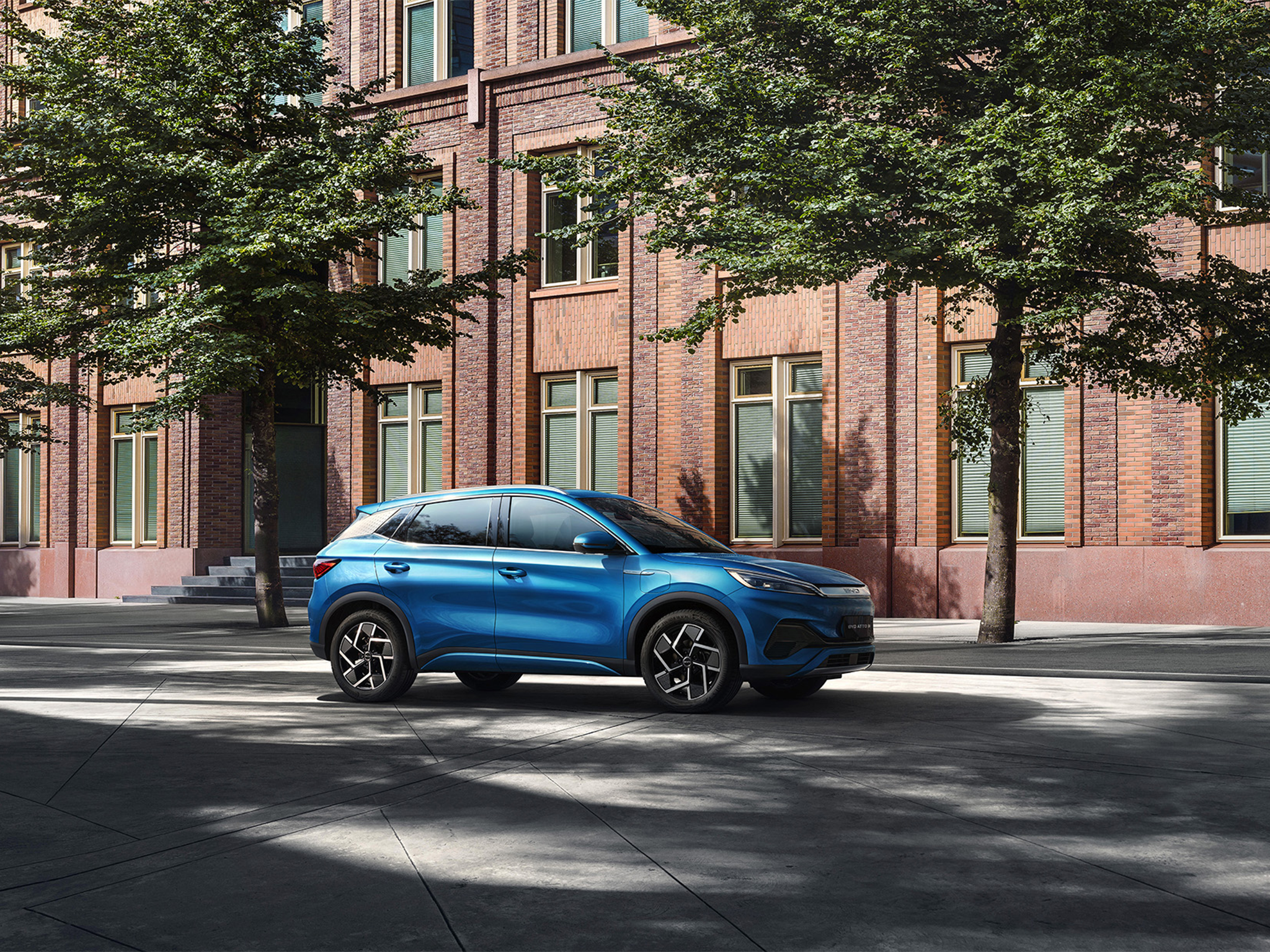
BYD Atto 3 rivals
FAQs
How long does it take to charge?
The BYD Atto 3 has a maximum charge rate of just 88 kW. According to BYD, it can take as little as 40 minutes to charge from 10 to 80 percent using a public DC charger. To fill the battery from almost empty using a home charger takes around nine hours.
How much does it cost - is it worth it?
For a starting price of about £37,000 the BYD Atto 3 comes with a decent amount of kit as standard, and the fact it’s available interest-free for £399 a month with an equally small deposit will be appealing to some. However, it’s hard to say how the Atto 3 will depreciate over the coming few years, given how new BYD is to the UK market.
Who is BYD?
Although new to the UK market, BYD was founded in 1995 and began life as a battery company. A division called BYD Auto has been around since 2003. It is a Chinese company whose name is shortened from Bǐyàdí Qìchē to BYD for Western markets – but, thankfully, the company no longer refers to itself as Build Your Dreams in the UK. It isn’t just one of the largest EV makers in China, but has on occasion overtaken Tesla as the biggest EV company in the world, producing over three million battery-powered cars per year.
The verdict: BYD Atto 3
Buying into a new brand can require a leap of faith, but in the BYD Atto 3 drivers will be rewarded with an EV that’s packed with kit as standard. The interior is full of character and the Atto 3 is pleasant to drive, but slow charging is a letdown.
The BYD Atto 3 is a solid option for a small to mid-size electric SUV, but finds itself in a crowded market packed with rivals from more familiar brands. Although bland on the outside, the quirky interior is full of premium kit fitted as standard across all three trim levels, including a panoramic roof, heated seats and wireless phone charging.
Tech fans will love the rotating infotainment display, while Apple CarPlay and Android Auto mean you can mostly side-step BYD’s mediocre operating system. It’s not the last word in sophistication, but the Atto 3 rides well enough and provides adequate performance – and, more importantly, range – for most drivers in need of a sensible, well-priced family EV.
Charging really ought to be faster, especially since BYD began life as a battery company, but how much that matters to you will depend on your driving and charging habits.
Join our commenting forum
Join thought-provoking conversations, follow other Independent readers and see their replies
Comments

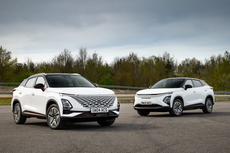

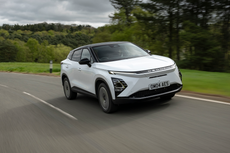

Bookmark popover
Removed from bookmarks